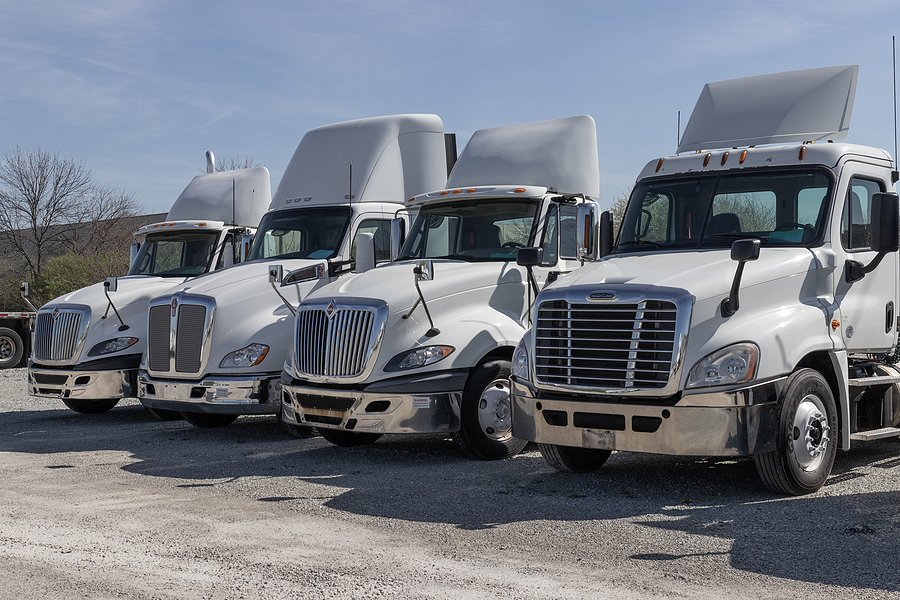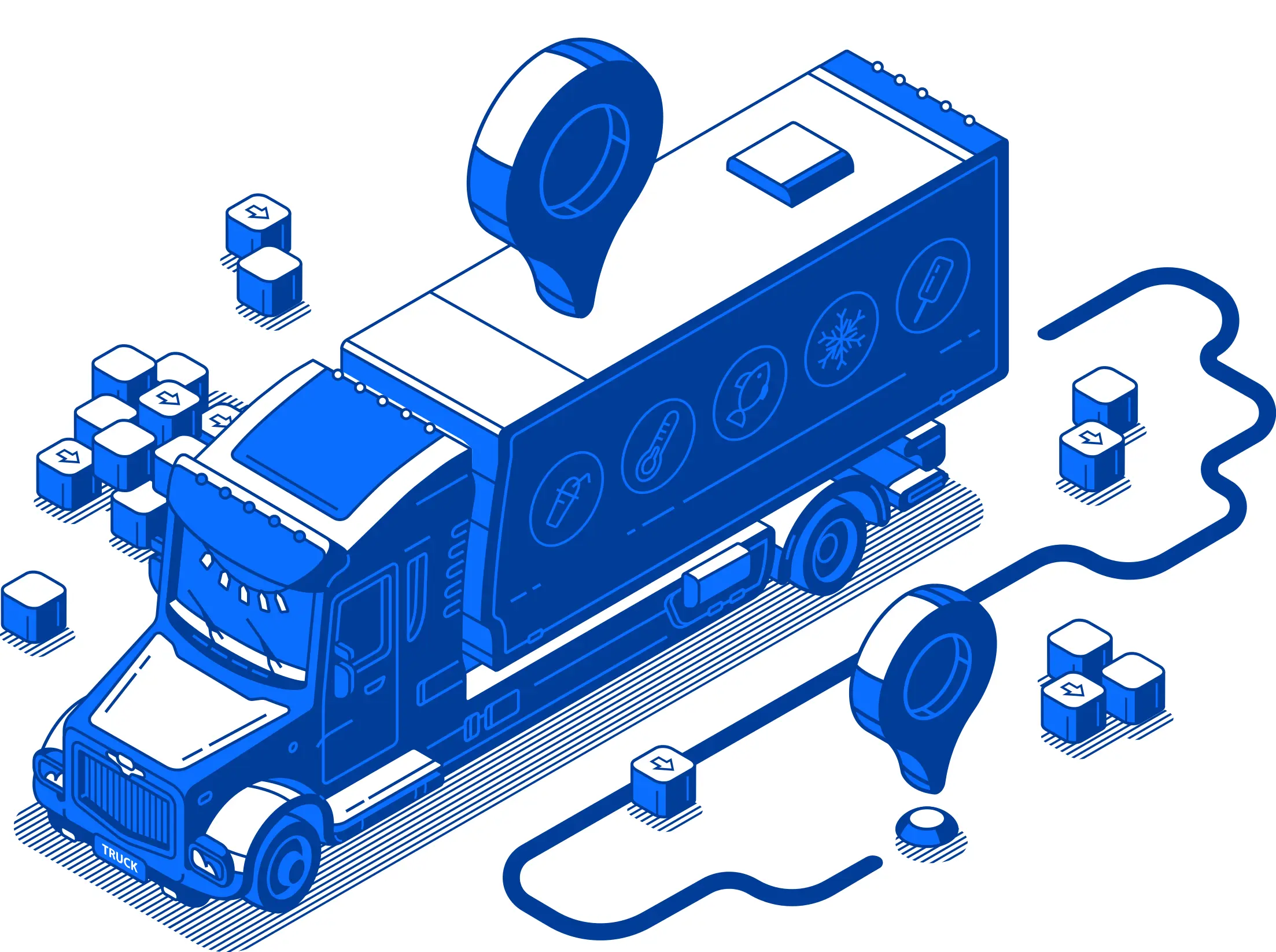The American Trucking Association’s Chief Economist calculates a driver shortage of around 80,000 drivers in 2021. That shortage is expected to double by 2030 following the current trends. Even as new truckers entered their career, those new drivers were not keeping up with the growth in the shipping industry.
Several factors are going to impact the demand for more trucks. Is it time to increase your fleet? Follow these guidelines for increasing your trucking fleet size.
Assess Your Fleet and Current Needs in Your Region
How large is your current fleet? Is it meeting the needs in the areas your drivers travel, or do you have clients with more pallets than you can manage? Are they sharing their frustration at finding drivers to haul all of their goods? That’s a good sign that there is room for growth.
You’ve been researching nearby states and towns and find that one corner of the state isn’t covered well by trucking companies. The businesses in those areas are often struggling to get drivers for loads they need to be hauled. That’s another sign that you could easily grow your fleet and find additional work to support the growth.
Assess Your Business Goals
Now that you’ve looked at whether there is a need in your area and have decided to move forward, it’s time to assess your goals. How many trucks do you need to add? What are your aspirations when it comes to growing your business? Are you looking to double your revenue or grow them by 20%? Can you make that happen without letting job quality suffer or delivering loads later than promised?
As you start planning your business goals, make sure they’re realistic and something you can accomplish. If you come up with goals that are not possible, it’s time to adjust them before you take the next step.
Build a Business Plan
You have a list of goals. Now, it’s time to build your business plan. This is your step-by-step outline of what you’re doing to grow your fleet and what steps need to be taken to complete each part of your growth plan.
As you build your business plan, you must consider the financial aspect of each step. If you’re buying two trucks, have you applied and qualified for a truck loan or small business loan? If not, there are multiple steps to follow before you apply. Check your business credit score. If it’s poor, you are likely to get much higher interest rates because you’re a high-risk borrower. It may be better to wait and get your credit score raised first.
How do you raise your credit score? Check your credit report and make sure all listed accounts are, in fact, yours. If not, call or write to the credit bureau asking for that record to be removed. This can take time. If there are unpaid payments that you know you own and haven’t gotten around to, take care of getting all of your accounts current.
You have the financing in place. Have you considered the trucks you want to purchase to grow your fleet? Are you looking into electric or hybrid options that will reduce the amount of maintenance like oil changes and fuel filter changes? But, if you do look into electric or hybrids, are you going to need to put in charging stations? That’s an extra cost.
There’s a wait for electric trucks, and that’s also something to consider. Can you afford to wait a year or two? If not, you may need to focus on diesel or gas tractor-trailers. But, there may be tax incentives on electric trucks that make them a wise purchase, so look into those, too.
What size trucks do you need? Do they have to have sleeper cabs or are your drivers sticking to local areas? This is also a consideration that needs to go into your business plan.
Act on the Plan and Track Progress
Once you start putting your business plan in motion and have the trucks needed to grow your fleet, start tracking your company’s progress. Have your revenues increased as much as you expected? Are the trucks and drivers completing work at the rate you expected or have there been issues causing delays or downtimes?
Is a new truck breaking down and waiting on repairs? Push for quicker repairs or see if the dealership is willing to provide a free loaner to keep your losses to a minimum. Is your truck getting the mileage you expected? If not, is it because your route planning isn’t going as well as you hoped? You may need to invest in a better GPS and mapping system.
Anywhere you find deficiencies, take time to analyze them and brainstorm solutions. Put those solutions to the test as you start to adjust your plan.
Adjust Your Plan
You’ve been tracking the growth after adding a truck or two. How is it going? If you’re noticing issues arising in certain aspects of your business, analyze what’s going on and adjust your business plan.
You have a driver who is continually reaching his or her hours on the road and having to stop and rest. Are you planning routes that are taking up too much time? Rescheduling routes may be necessary.
You might find your revenues haven’t increased as much as you planned. After looking over the information you have, you notice one driver is always making return trips with an empty trailer. Use load-finding software to ensure the trailer is full on the way there and on the return.
As you add to your fleet, don’t lose track of the trucks you currently have. There will come a point when they need replacing, and you have to budget for that. In the transportation industry, the majority of trucks are between the age of 5 and 10 years. Only 20% of the trucks in the NTEA survey were between the ages of 10 to 15. No trucks were older than 15.
If you are struggling to keep your trucks on the road and build your fleet size, it’s time to address the reasons why. It’s often a problem with revenue flow. Are you still waiting for upwards of a month for your brokers and shippers to pay you? What are those slow or delayed payments costing your trucking business?
Per Bankrate, the average late fee on a small business loan is about $30 to $40, but it can be as high as 5% of the loan payment. If you owe $1,000 and pay late, you could be looking at a fee of $50.
This is where it’s important to look at freight factoring. If you’re continually paying late because your clients pay late, not only are you paying up to 5% as a penalty, but you also destroy your credit rating with a history of late payments.
Why put your business at risk because of your client’s bad behavior? Arrange a freight factoring agreement with a low factoring fee. Factoring fees are often well under 5%. You get paid the same day or within a few days of delivering a load and pay your bills on time.
Talk to Saint John Capital about freight factoring. We also offer low-interest business loans if you need a helping hand getting the finances in place to purchase trucks to grow your fleet. Reach us online or by phone to learn more about freight factoring and line of credit loans for your trucking company.











